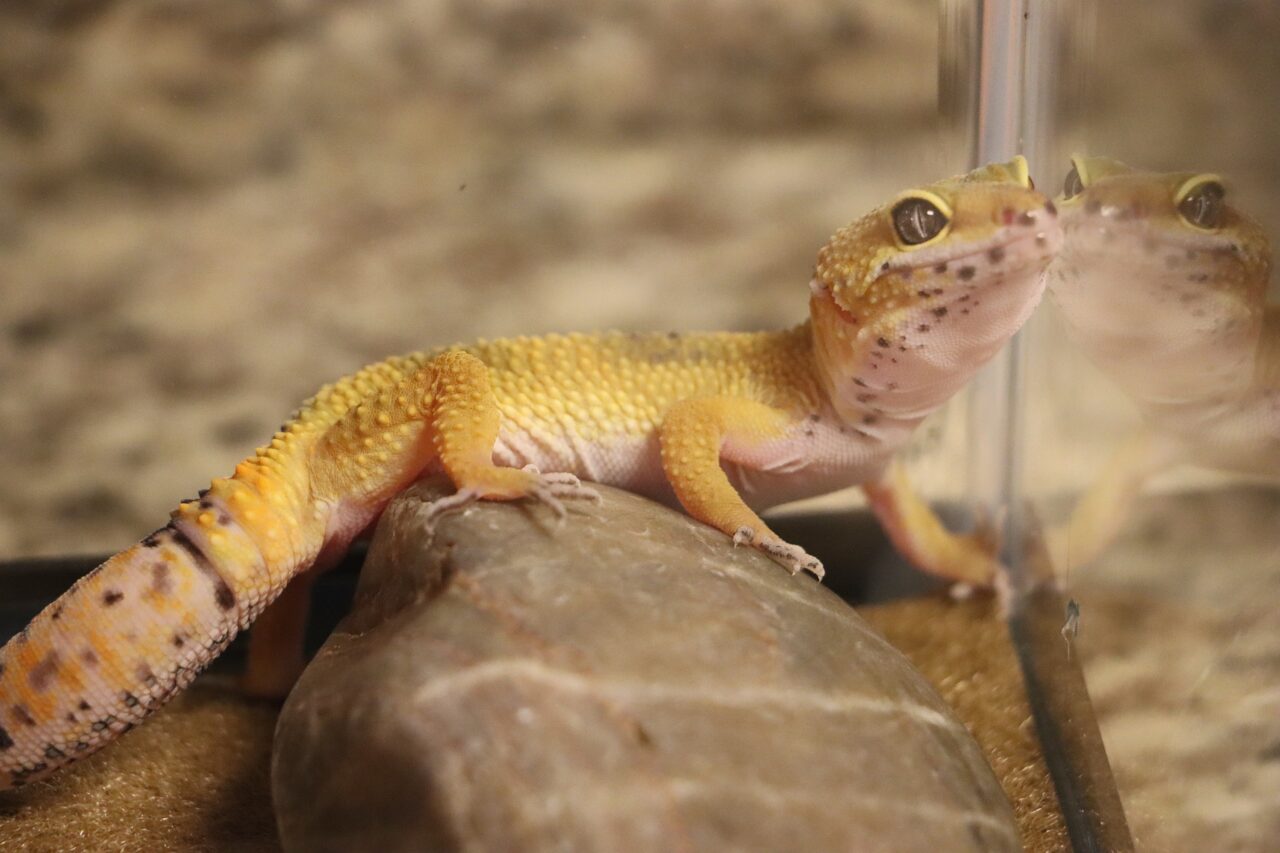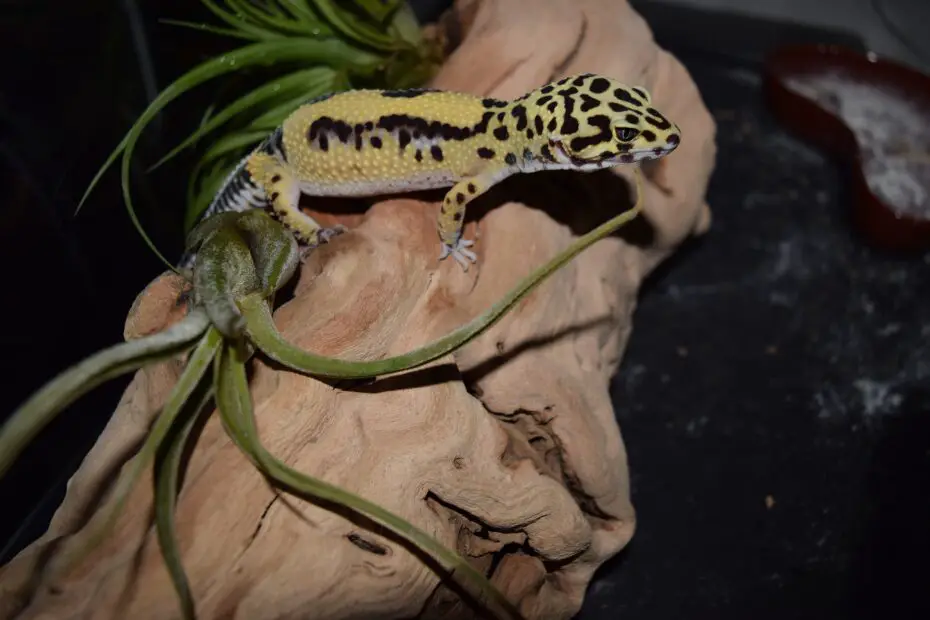How big does a leopard gecko get? Leopard geckos are a popular choice for reptile enthusiasts due to their unique appearance and easy-to-care-for nature. One of the most common questions asked by potential leopard gecko owners is how big they get. In this blog, we will discuss the average size of a leopard gecko, how they grow, and what factors can impact their size.
You may also want to know how many eggs leopard geckos lay.
How big does a leopard gecko get?
Leopard geckos are a relatively small species of reptile. On average, they grow to be between 7 and 10 inches long, with females generally being larger than males. The size of your leopard gecko will depend on various factors, including genetics, gender, diet, and environmental conditions.
How Do Leopard Geckos Grow?
Leopard geckos grow by shedding their skin, which allows them to expand their bodies. As they grow, they shed their skin more frequently, with younger geckos shedding more often than adults. During the shedding process, the gecko’s old skin will peel away, revealing a new, larger layer of skin underneath. This process allows the gecko’s body to grow to a larger size.

Factors That Can Impact a Leopard Gecko’s Size
Several factors can impact a leopard gecko’s size, including:
- Genetics: Genetics plays a significant role in determining a leopard gecko’s size. Some geckos are genetically predisposed to be larger or smaller than others.
- Gender: Females are generally larger than males, and can grow up to 10 inches long. Males, on the other hand, typically grow to be around 8 inches long.
- Diet: A leopard gecko’s diet can impact their growth. Feeding your gecko a varied diet of live insects and occasional treats will help ensure they receive all the nutrients they need to grow to their full potential.
- Environmental Conditions: The environmental conditions in which your leopard gecko lives can also impact their growth. They require a warm, dry environment with a temperature range between 80 and 90°F during the day and a slight drop in temperature at night. They also require access to UVB lighting, which helps them synthesize vitamin D3 and absorb calcium. Failure to provide the proper environmental conditions can lead to stunted growth.
- Overall Health: The overall health of your leopard gecko is essential to their growth. Regular health checks by a veterinarian can help catch any health issues early, allowing for prompt treatment. It’s also important to keep their habitat clean and provide a stress-free environment to prevent illnesses from developing.
How to Help Your Leopard Gecko Reach Their Full Size Potential
If you want your leopard gecko to reach their full size potential, there are several things you can do to help them grow healthy and strong:
- Provide a Healthy Diet: Feeding your gecko a varied diet of live insects and occasional treats will help ensure they receive all the nutrients they need to grow to their full potential.
- Maintain Proper Habitat Conditions: Providing a warm, dry environment with the correct temperature, humidity, and lighting levels will help prevent health issues that can stunt your gecko’s growth.
- Provide Plenty of Space: Leopard geckos are active creatures and need plenty of space to move around. Make sure their enclosure is large enough for them to explore and get exercise.
- Keep Their Habitat Clean: Regularly cleaning your gecko’s habitat will help prevent illnesses that can stunt their growth.
How big does a leopard gecko get? In conclusion, leopard geckos are a small species of reptile that can grow to be between 7 and 10 inches long, with females generally being larger than males. Their growth can be impacted by several factors, including genetics, gender, diet, environmental conditions, and overall health. To help your leopard gecko reach their full size
